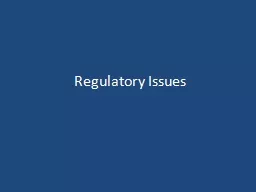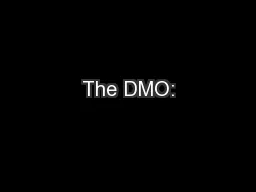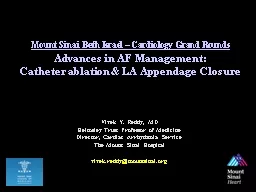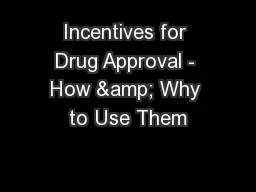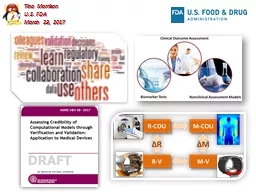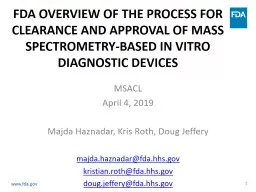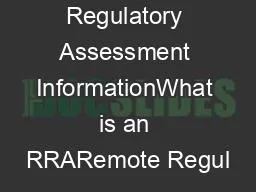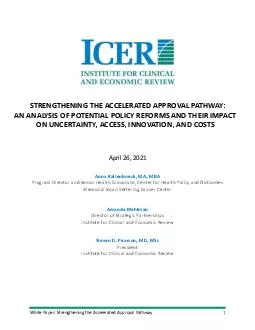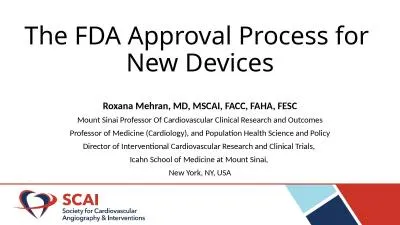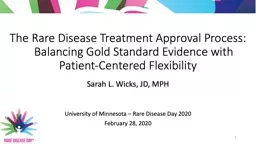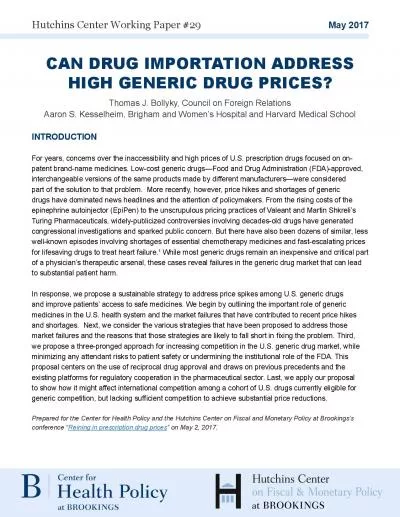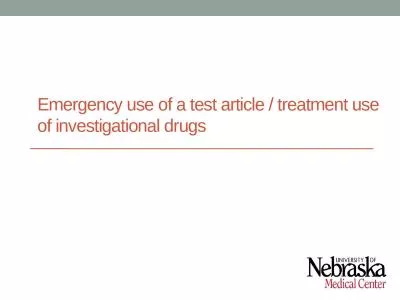PPT-Regulatory Issues Introduction to the Regulatory Approval Process; Overview of the FDA
Author : liane-varnes | Published Date : 2018-12-12
Investigational New Drug Application IND Summary of regulations and guidelines Introduction of cGMPs principles of validation Introduction to QAQC principles
Presentation Embed Code
Download Presentation
Download Presentation The PPT/PDF document "Regulatory Issues Introduction to the Re..." is the property of its rightful owner. Permission is granted to download and print the materials on this website for personal, non-commercial use only, and to display it on your personal computer provided you do not modify the materials and that you retain all copyright notices contained in the materials. By downloading content from our website, you accept the terms of this agreement.
Regulatory Issues Introduction to the Regulatory Approval Process; Overview of the FDA: Transcript
Download Rules Of Document
"Regulatory Issues Introduction to the Regulatory Approval Process; Overview of the FDA"The content belongs to its owner. You may download and print it for personal use, without modification, and keep all copyright notices. By downloading, you agree to these terms.
Related Documents

